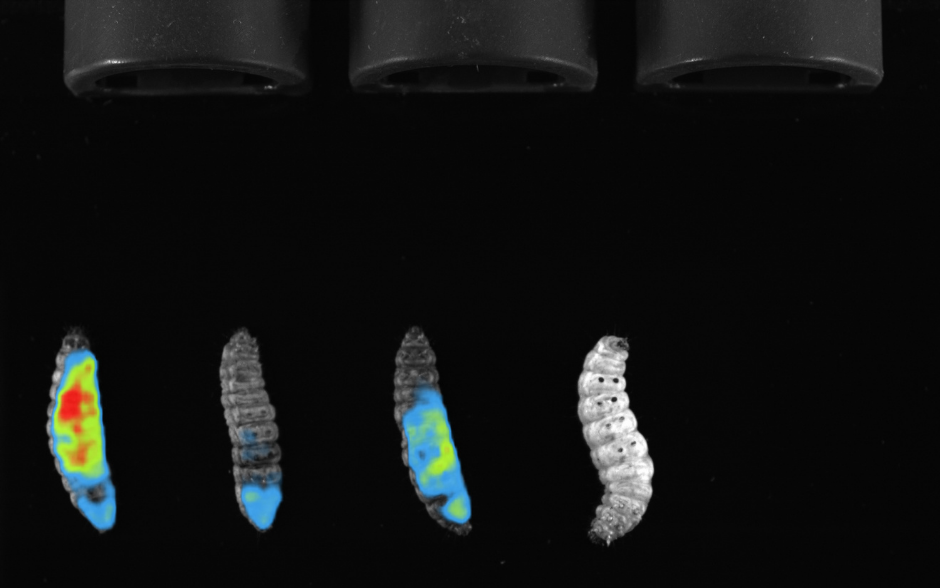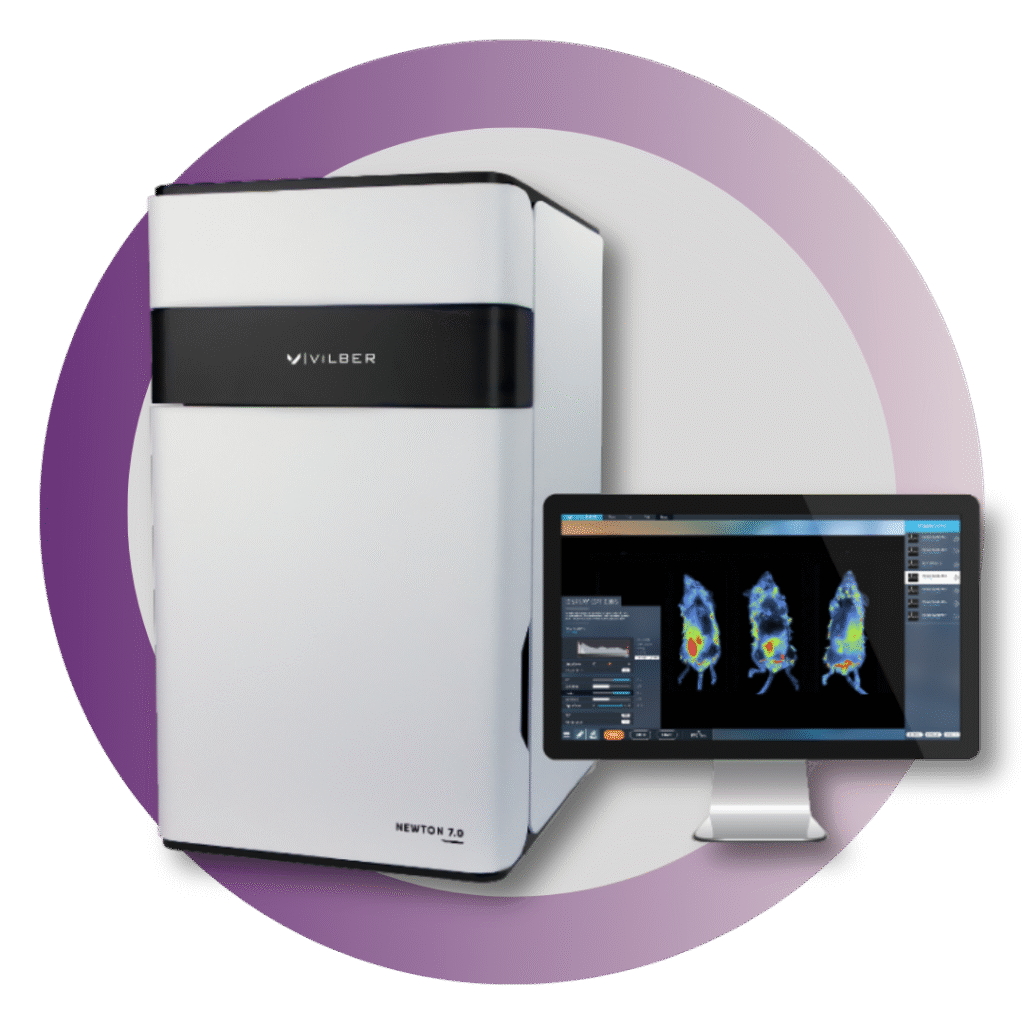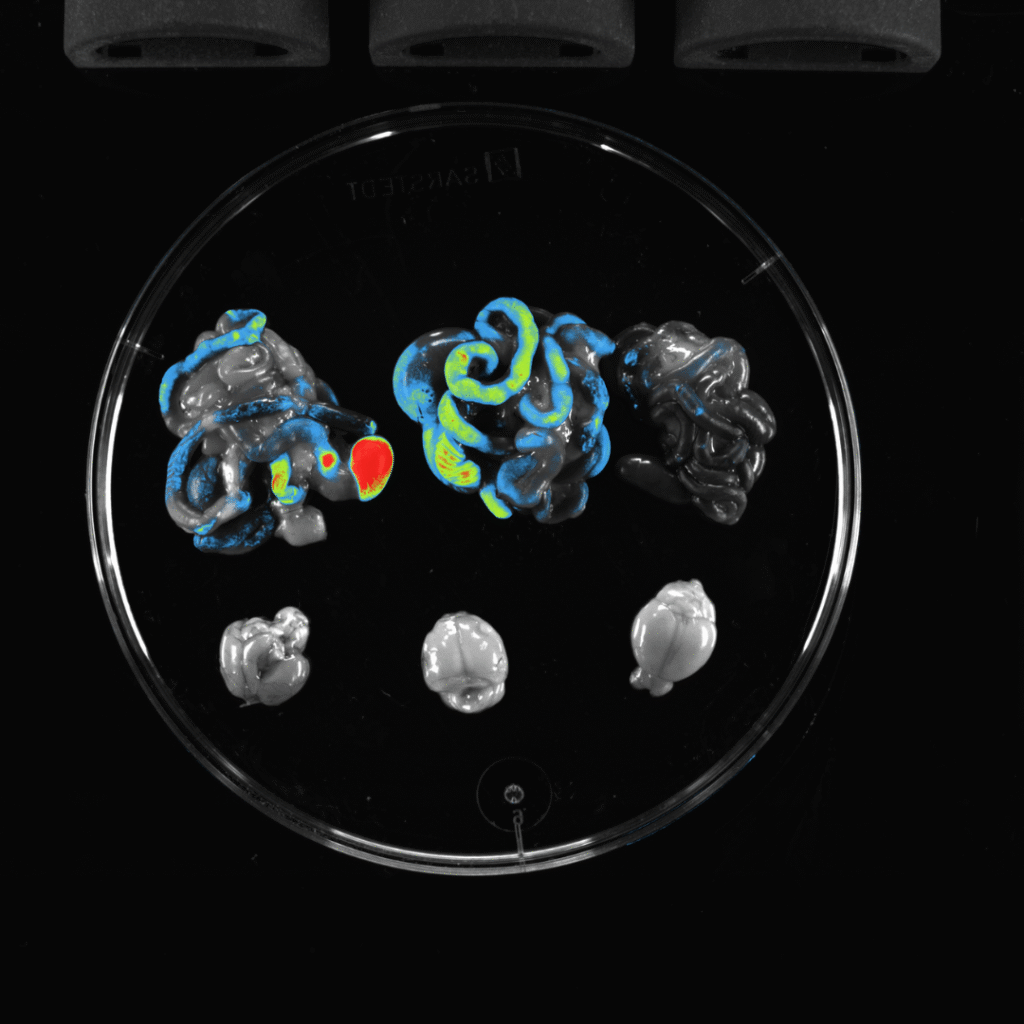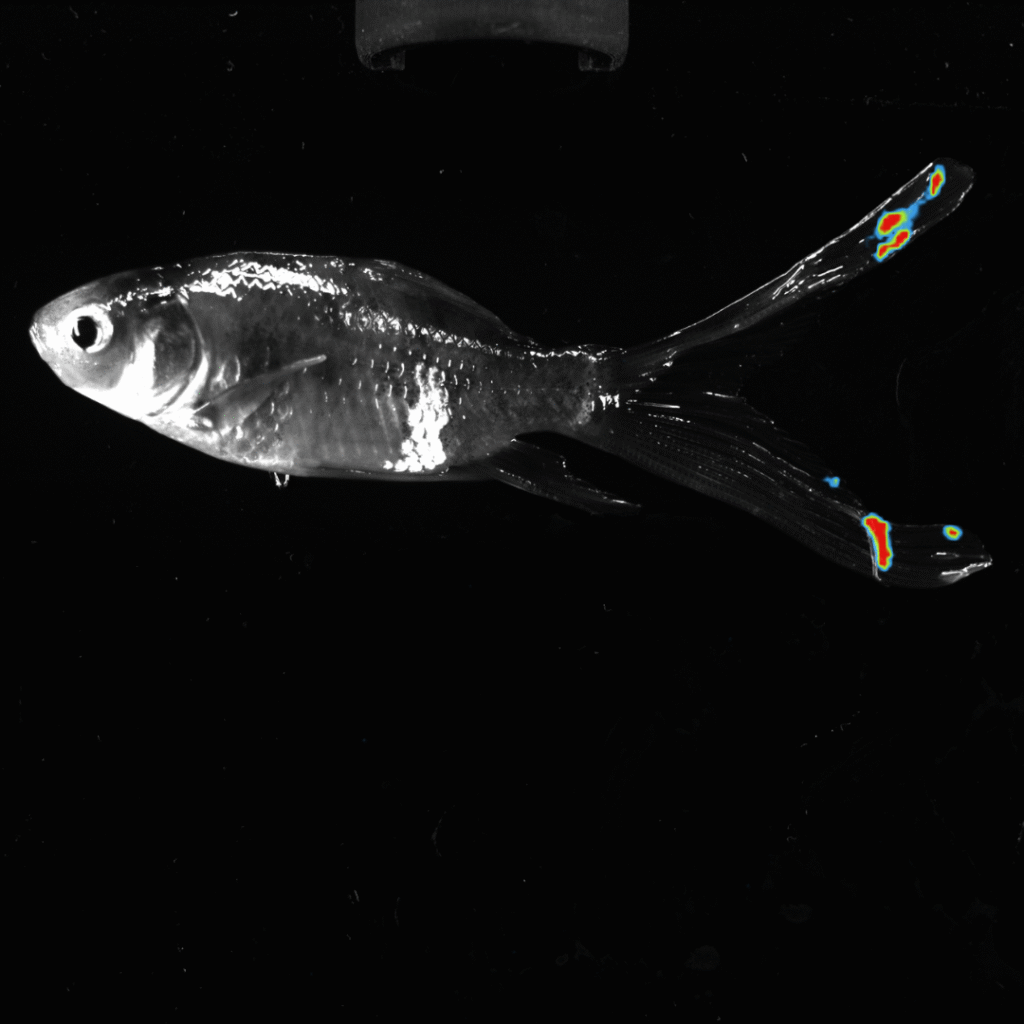
In today’s preclinical research landscape, innovation is not just about advancing science — it’s about doing so responsibly. The global shift toward New Approach Methodologies (NAMs) reflects this evolution, driving the replacement, reduction, and refinement of animal usage in preclinical research. At Scintica, we’re proud to support this movement through the Newton 7.0 optical imaging system, which embodies the 3Rs of research to reduce our reliance on animal testing, while accelerating the path toward other human-relevant models.
Replace: Expanding the Horizon Beyond Animal Models
The Newton system facilitates the replacement of animal models through its versatility and adaptability. With adjustable fields of view and motorized focus, it seamlessly accommodates ex vivo and in vitro assays, including non-vertebrate organisms, and alternative models such as insects, zebrafish, or cell cultures. Researchers can conduct detailed molecular imaging studies using 96-well plates or petri dishes, eliminating the need for vertebrate subjects in many early-stage experiments. Combined with Scintica’s comprehensive technical and application support, researchers can confidently implement new workflows that uphold ethical principles without compromising data quality.
Reduce: Maximizing Data, Minimizing Animal Use
When in vivo models remain necessary, the Newton system helps scientists use fewer animals without sacrificing statistical power or data robustness. Its deeply cooled camera and wide-aperture optics detect even the faintest bioluminescent or fluorescent signals, ensuring the highest possible sensitivity. Moreover, multiplex imaging (i.e., visualizing several BLI and FLI signals at once), enables simultaneous monitoring of multiple biological processes in the same subject. The result? Fewer animal cohorts, more data per study, and significantly reduced time and cost. In addition, the 3D bioluminescence tomography module and NIR-II (SWIR) imaging capabilities allow non-invasive, longitudinal imaging of deep tissues where no resection or euthanasia is required.
Refine: Prioritizing Animal Welfare and Data Integrity
Refinement begins with animal welfare, and the Newton system was engineered around it. From its integrated, temperature-controlled animal platform to the low-stress red tinted anesthesia induction chamber and optional HEPA-filtered isolation chamber, every design element minimizes stress and variability. Faster acquisition speeds reduce anesthesia time, while the ability to image up to ten animals simultaneously lessens handling frequency. The result? High-quality, physiologically relevant data collected under optimal welfare conditions.
Driving the Path Toward NAMs
The Newton 7.0 optical platform exemplifies how technology can bridge traditional preclinical models and emerging NAMs. By empowering scientists to collect non-invasive, quantitative, and reproducible data, the Newton 7.0 systems support the refinement of current methods. As we progress toward a future with less reliance on animal testing and where other human-relevant models become the standard, systems like the Newton 7.0 are accelerating that transformation, championing ethical innovation and scientific integrity in every experiment.



